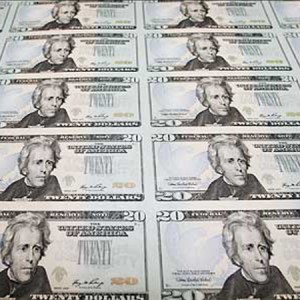Government borrowings posted double-digit decline in the first eight months of 2013 from a year ago, as fiscal reforms implemented over the years helped the country become less dependent on credit, officials said.
Data from the Department of Finance showed that the government borrowed P446.28 billion in January to August, down year-on-year by 12.5 percent.
Proceeds of the borrowings were used to pay maturing obligations and support expenditure requirements that were in excess of tax collection and other types of revenues.
The government has been running on a budget deficit since the 1997 East Asian financial crisis, but officials said the increase in the deficit had been controlled since the middle of 2000s through the implementation of measures that boosted collections, including more stringent tax audits.
Of the total borrowings as of August, P196.21 billion was used to pay debts. This amount represented a 32-percent drop from the government’s debt amortization level in the same period last year.
The balance was earmarked for helping plug the budget deficit for this year, which is estimated to hit P200 billion.
The drop in maturing liabilities was due partly to declining interest rates on government securities, which in turn was attributed to improvement in the country’s credit standing.
The Philippines this year secured investment grade ratings from all three major international credit ratings agencies—Standard & Poor’s, Moody’s Investor Service and Fitch Ratings—which cited the country’s favorable macroeconomic fundamentals as the main reason for the upgrade.
The government’s debt burden, or the proportion of outstanding debt to the country’s gross domestic product, has fallen from more than 70 percent in 2004 to only about 50 percent this year.
Data showed that borrowings secured from the domestic capital market accounted for the bulk, or P419.28 billion, of the total. This was up by 1.2 percent from a year ago.
Borrowings secured from foreign sources accounted for only P27 billion, down year-on-year by 72 percent.
The government borrowed less from foreign sources this year in a bid to temper the appreciation of the peso. It minimized the sale of bonds in the international market and opted, instead, for soft loans from foreign development lenders.
